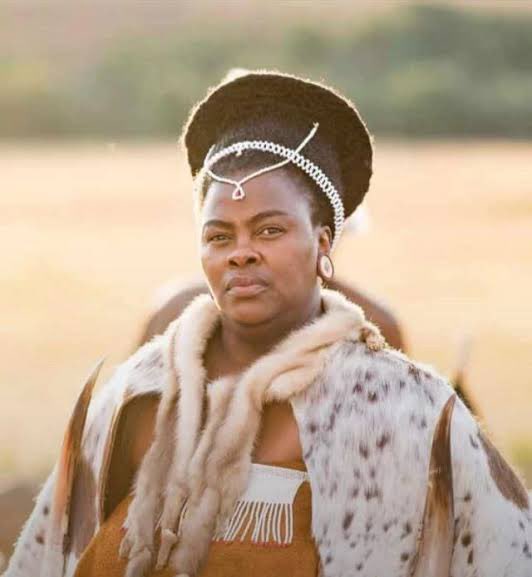1. THE VHAVENDA PEOPLE OF ZIMBABWE 🇿🇼
The Venda are primarily located in the Matabelelad South province in the Beitbridge district. However, there are also pockets of Venda people found in Mwenezi, Mberengwa, Insiza and the West Nicholson - Masase areas.
The Venda are primarily located in the Matabelelad South province in the Beitbridge district. However, there are also pockets of Venda people found in Mwenezi, Mberengwa, Insiza and the West Nicholson - Masase areas.

2. Venda traditional leaders are Chief Mathibe in Beitbridge East Chief Tshitaudze in Beitbridge West. The headmen under Chief Mathibe are Tsetana, Chikwelengwe & Tshinoni whilst those under Chief Tshitaudze are Mahopolo, Kohomela,Makhado, Mazibeli, Siyoka, Foromela & Mabhidi. 

3. The original Venda group are the Luvhimbi of the Mbedzi clan who trace their ancestry to Mapungubwe. There are the original Venda, who comprise the Vhambedzi, whose totem is the crocodile, and the VhaNgoni/Nguni. Tshimbedzi is considered to be the original Venda dialect. 

4. Tshimbedzi is one of seven known regional varieties of Venda. The original speakers of this variety are from Malungudzi in Zimbabwe. Vhambedzi had very close relations and kinship with the Dziva-Hungwe clans . 

5. Luvhimbi was the chief of the Vhambedzi. The original Venda were invaded and colonised by the Singo in the 15th century, at the inception of the Rozwi/Rozvi/Lozwi /State. The Singo were led by Dlembeu the father of Sororenzou who later built his capital at Dzata near Nzhelele. 

6. Original Venda territory stretched from Bupedi in South Africa; the Tzaneen area south-east of Polokwane; to Malugudzi Mountain, to the east of Beitbridge. The descendants of the Singo include Tshivihase, Mphephu, Mphaphuli, Makhado and Ramabulana, Makhado’s father. 

7. The arrival of King Mzilikazi’s Ndebele in the then Transvaal in the 1820s forced some groups beyond the Soutpansberg to move further north. Both Venda and Birwa moved north across the Limpopo and Shashi rivers into present day Zimbabwe. 

8. Some Venda got as far as the Matopo Hills. There were more of them in the West Nicholson – Masase areas. The Sibasa headmanship in the Insiza district of Zimbabwe is of Venda origin. 

9. During the war between the Afrikaners and the Venda under Makhado, some of the Venda, under the leadership of Mphephu, fled from the Afrikaners and settled near Buhwa Mountain in the Mberengwa district. Among them were some of the BaLemba/VaRemba people. 

10. The clans under the Mathibe chieftaincy are also known as VhaBvumbi/Pfumbi. This group was originally a section of the Venda people who were known for rainmaking rituals. 

11. In ancient days, their language was sacred and used to communicate with the Gods during the rain making ceremonies. This language then spread into the
community through women coming from one of the ceremonies at Njelele mountains.
community through women coming from one of the ceremonies at Njelele mountains.

12. It happened that one year, soon after conducting the rain making ritual, the group told people to look for a lot of firewood that would last them for a month, saying they were going to be heavy rains for that following month. 

13. The heavy rains came as they predicted resulting in other members of the Venda community calling them Vha Bvumbi Vha mvula (meaning they could predict rainy seasons). Thus the name became to be known as VhaBvumbi and later corrupted to VaPfumbi. 

14. The Venda in Zimbabwe have for centuries co-existed with the Sotho-Babirwa, Kalanga-Jahunda, Karanga and Ndebele speaking people. These other people groups have heavily influenced their language and cultural practices. 

15. During the reign of the Mzilikazi , the Venda became part of the kingdom. They continued to play a major role in the rain making ceremonies. The Venda also protected the Ndebele kingdom trade routes and alerted........... More in the upcoming book!📙 

• • •
Missing some Tweet in this thread? You can try to
force a refresh
















